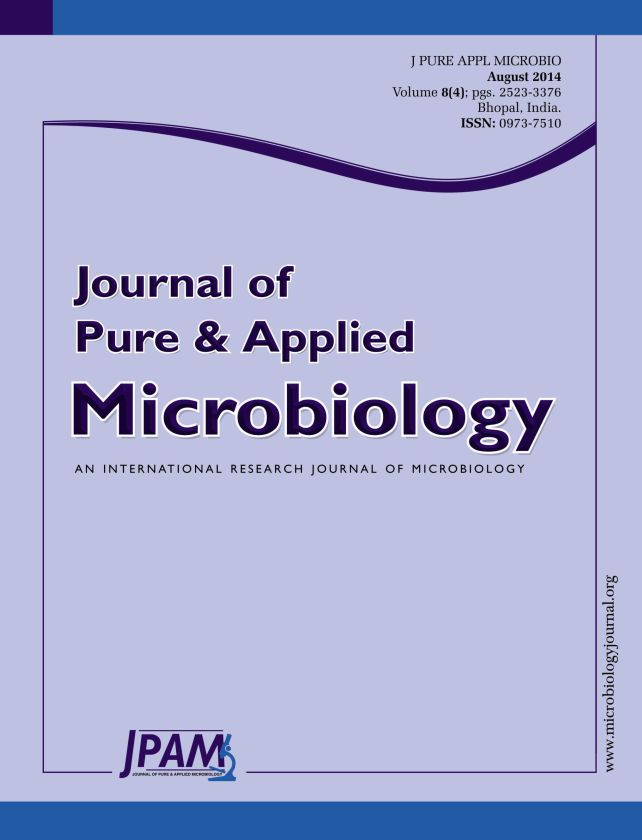The worldwide incidence of onychomycosis is increasing and it continues to spread and persist. Knowledge of the epidemiological and mycological characteristics is an important tool for control of this infection1,2. The study aimed to determine the prevalence of onychomycosis, to isolate the causative fungi and to determine the various clinical patterns. Over a period of two years (Jan. 2010 – Dec. 2012), 280 patients attending dermatology outpatient department with clinically suspected fungal nail infections, at Tertiary Care Hospital, Kolkata, were studied. Specimen from all the 280 suspected patients of onychomycos is were evaluated clinically; Potassium Hydroxide (KOH) examination and fungal culture were done. Onychomycosis commonly affects 31 to 40 years aged followed by 41 to 50 years age group. Males were predominantly affected, male to female ratio being 2 : 1. Finger nails were affected more frequently than toe nails with the ratio of 1.5 : 1. Distal and lateral subungualonychomycosis (48.21%) was the commonest clinical pattern. Direct microscopy of the nail clips in KOH examination was positive in 95% and culture was positive in 80.70% cases. Out of the samples cultured, dermatophytes were grown in 64.28% cases, non dermatophyte moulds in 15.71% and Candida spp. in 15% while 5% samples yielded no growth. Amongst dermatophytes, Trichophyton rubrum was the commonest clinical agent (30.36%); followed by Trichophyton mentagrophyte (20.36%). Amongst non dermatophyte moulds (NDM), Aspergillus spp. (12.14%) was the most prevalent species. Dermatophytes were main agents causing onychomycosis in the study area and direct examination along with culture is crucial in diagnosis of onychomycosis.
Onychomycosis, fungal isolates, pattern
© The Author(s) 2014. Open Access. This article is distributed under the terms of the Creative Commons Attribution 4.0 International License which permits unrestricted use, sharing, distribution, and reproduction in any medium, provided you give appropriate credit to the original author(s) and the source, provide a link to the Creative Commons license, and indicate if changes were made.


